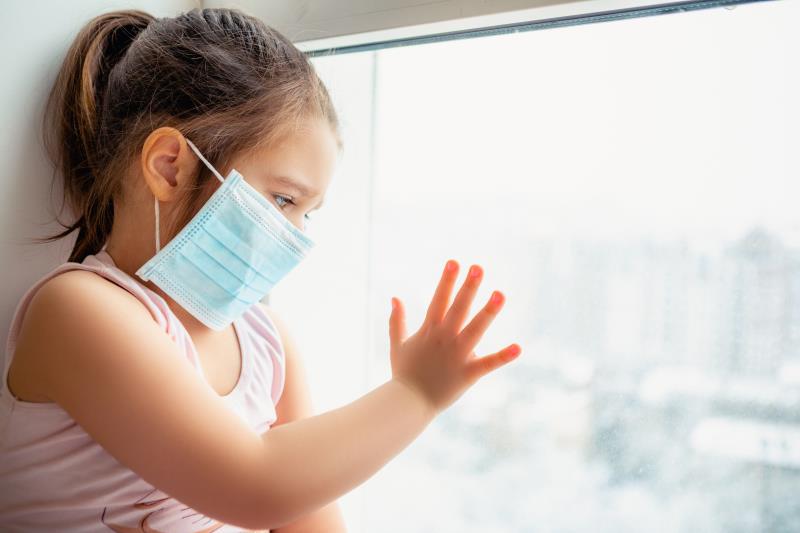Children with COVID-19 at risk of developing severe disease requiring ICU admission





Unlike previously thought, severe disease appears to be common among children and adolescents with the novel coronavirus disease (COVID-19), according to a new study.
“Overall, the incidence of critical illness in children with COVID-19 is not well known, with limited data on possible associated risk factors,” researchers said. “The objectives of this study were to describe the clinical profile of critically ill children with SARS-CoV-2 infection admitted to our tertiary care facility and to study the risk factors associated with critical illness.”
Sixty-seven children and adolescents who had tested positive for COVID-19 were included in the study. Forty-six patients (median age, 13.1 years; 67.4 percent male) were subsequently hospitalized, of whom 13 (28.3 percent) needed to be admitted in to the paediatric intensive care unit (PICU). [J Pediatr 2020;223:14-19.e2]
The remaining 21 paediatric patients had mild COVID-19, did not need hospitalization, and were excluded from subsequent analysis.
Clinically, those who had vs had no need for PICU admission were largely comparable. Obesity and asthma were prevalent among PICU patients, though they failed to reach statistical relevance. The only exception was shortness of breath, which was significantly more frequent among those who needed intensive care (92.3 percent vs 30.3 percent; p<0.001).
More differences were observed in laboratory parameters upon admission. Those admitted to the PICU showed lower platelet counts (p=0.03), while having significantly elevated inflammatory markers, such as pro-brain natriuretic peptide, C-reactive protein, and procalcitonin (p<0.05 for all). Blood urea nitrogen was also greater in PICU patients (p=0.03).
Chest radiographs, while more commonly performed in the PICU patients, revealed no significant differences between the PICU and non-PICU patients.
In terms of outcomes, acute respiratory distress syndrome (ARDS) emerged as a common feature of PICU admission, developing in 76.9 percent (n=10) of this group. In contrast, there were no cases of ARDS in children who had not been admitted to the PICU.
Of the 13 PICU patients, six (46.2 percent) required invasive ventilatory support for a median of 9 days, and seven (53.9 percent) were supported with high-flow nasal cannula. One patient died after withdrawal of care.
“Epidemiologic studies have consistently demonstrated that children are at lower risk of developing severe symptoms or critical illness compared with adults,” the researchers said. The present findings suggest that more than a quarter of paediatric COVID-19 cases are at risk of developing severe disease necessitating PICU admission.
They caution, however, that the current study sample comes from a dense urban setting, which may have carried particular social determinants of health affecting disease progression and outcomes. Moreover, obesity and high body mass index were relatively common in the study sample, which might also partially explain the high PICU rates.
Despite this methodological shortcoming, the researchers noted that their findings nevertheless expand the current literature on COVID-19 in young patients. “[A]s COVID-19 is a new disease with a dearth of literature in the paediatric population, our study sheds light by providing additional data from hospitalized children,” they said. “Larger multicentre experience and mechanistic data are needed to identify predictors of severe disease.”